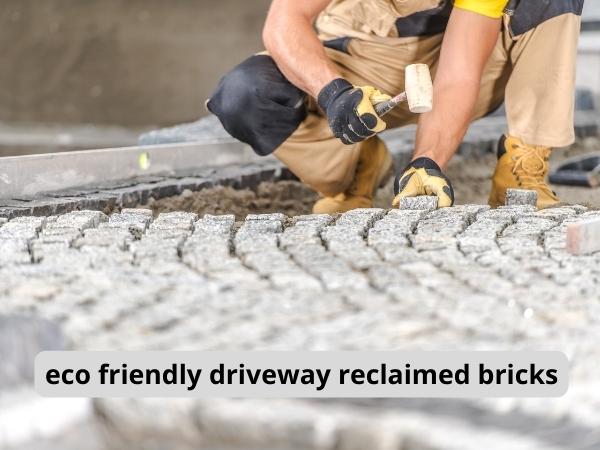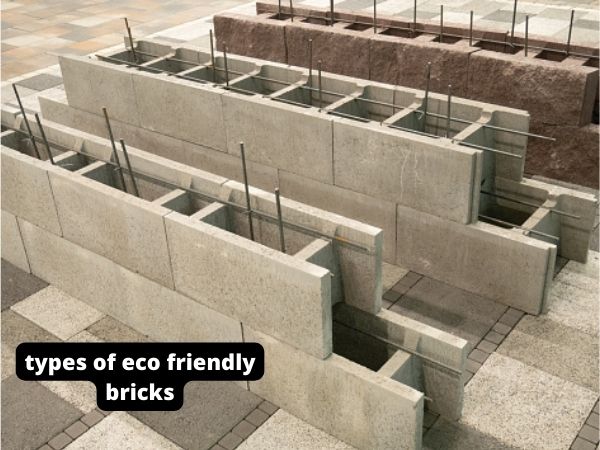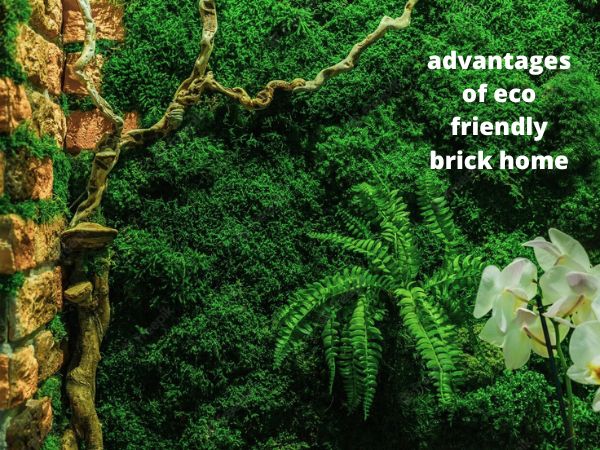eco friendly bricks manufacturing: Pioneering Sustainable Construction Practices
Today we discuss eco friendly bricks manufacturing. In a world grappling with environmental challenges, the need for sustainable construction practices has never been more significant.
As traditional brick manufacturing processes are detrimental to our planet, eco-friendly bricks have emerged as a viable solution.
This informative article sheds light on the manufacturing process of eco-friendly bricks, highlighting their advantages and showcasing global successes.
By exploring eco-friendly alternatives, we can shape a greener future for the construction industry while preserving the Earth’s precious resources.
eco friendly bricks manufacturing:
The Environmental Impacts of Traditional Bricks:
To comprehend the importance of eco-friendly brick manufacturing, it is crucial to examine the environmental impacts of conventional brick production. Conventional bricks are mainly made from clay, which requires extensive excavation from our depleting soil reserves. This results in deforestation, land degradation, and biodiversity loss.
Additionally, traditional brick kilns depend on non-renewable energy sources such as coal or natural gas, leading to significant carbon emissions and air pollution, thus exacerbating climate change.
The Rise of Eco-Friendly Bricks:
Eco-friendly bricks, also known as sustainable bricks or green bricks, are becoming increasingly popular in the construction industry due to their low carbon footprint and energy-efficient manufacturing processes. These innovative bricks are made using recycled materials such as fly ash, slag, or rice husk ash, which reduces the need for extraction and minimizes waste.
Eco-Friendly Brick Manufacturing Process:
The manufacturing process of eco-friendly bricks focuses on reducing energy consumption, carbon emissions, and waste.
The first step involves thorough research and experimentation to find suitable local waste materials that can be used as substitutes for traditional raw materials.
Once these materials are identified, they undergo a rigorous testing and blending process to optimize their performance characteristics.
Next, the selected waste materials are mixed with a small percentage of cement or lime, which acts as a binding agent.
This mixture is then compacted using hydraulic or mechanical presses to form bricks of the desired shape and size.
The bricks are cured either through natural air drying or steam curing processes, depending on the material composition and manufacturing requirements.
Advantages of Eco-Friendly Bricks:
Eco-friendly bricks have several advantages over conventional bricks. Firstly, they significantly reduce carbon emissions because their manufacturing process requires less energy and fossil fuel usage.
The use of waste materials also helps prevent landfill accumulation, which minimizes environmental pollution. Moreover, eco-friendly bricks have excellent thermal insulation properties, reducing the energy consumption needed for heating and cooling in buildings.
These bricks also provide superior acoustic insulation, enhancing the overall comfort inside buildings. Additionally, they are highly durable, resistant to weathering, and have improved fire resistance compared to traditional bricks. This makes them an ideal choice for sustainable and long-lasting construction projects.
Global Success Stories in Eco-Friendly Brick Manufacturing:
Several countries have successfully implemented eco-friendly brick manufacturing techniques, leading the way for sustainable construction practices.
For example, in India, fly ash bricks have become popular, with millions of tons of fly ash from thermal power plants being used in brick production.
This not only reduces environmental pollution but also addresses the waste disposal challenges associated with fly ash.
In China, a large-scale initiative known as the “Green Brick Shaping Project” focuses on producing bricks using a combination of fly ash, slag, and concrete waste.
This project has effectively reduced carbon emissions and decreased the consumption of natural resources, while also promoting local economic development.
South Africa has adopted a similar approach by using rice husk ash and silica fume as the main components for eco-friendly bricks.
This practice has been recognized for minimizing waste in rice-producing regions while providing affordable and sustainable building materials for construction projects.
Conclusion:
Eco-friendly brick manufacturing is a sustainable alternative to traditional production, reducing environmental impacts and improving construction materials. By using waste materials and optimizing processes, these bricks offer benefits like energy efficiency, lower carbon emissions, and excellent performance. The global adoption of eco-friendly brick techniques reflects the growing trend towards sustainable construction. As the construction industry seeks innovative solutions for environmental challenges, eco-friendly bricks are leading the way toward a greener future.



